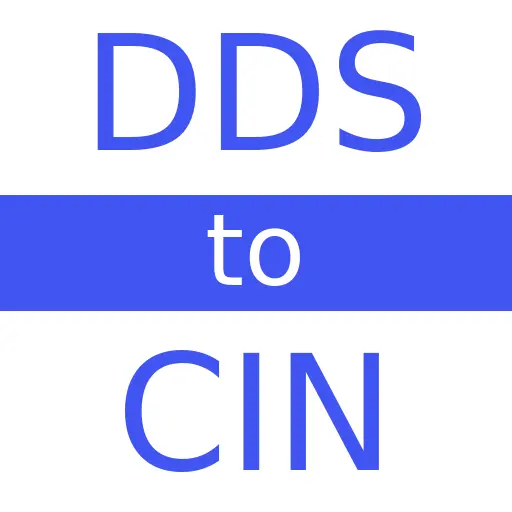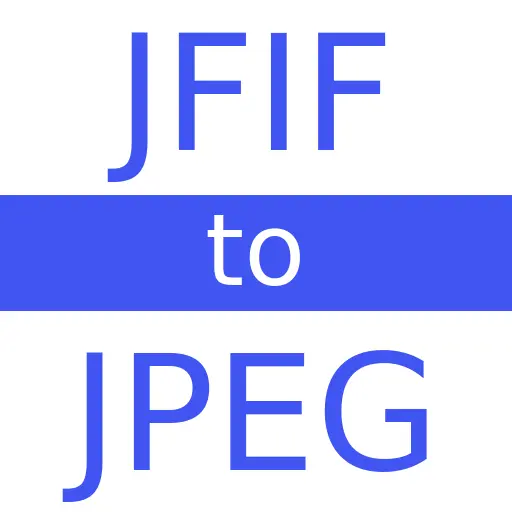DDS to CIN
Convert DDS to CIN (Fast & Free)
DDS to CIN Converter Tool - Your Day to Day Companion for High Quality Conversions
Hi there, and welcome to ProConvert! On this page you can easily change DDS to CIN with the help of our free, fast and secured online converter. DDS to CIN Converter Tool can be used with no limits or hidden charges. Don't forget, you can use the forum section below if you have any question for us or, leave us a rating in the ratings section so others can see what performant tools we have in place for free.
(or click to select files)
F.A.Q. / Frequently Asked Questions about DDS to CIN
Curious about how our platform works? ProConvert team got all your questions together and created the following Frequently Asked Questions section. Here you can find useful information about us. Don't see your question here ? Leave a question or a comment in the forum section and our team will help you as soon as possible.
File conversions were never that easy before. But good for you! ProConvert is here and gives you support and full access to convert or change DDS to CIN any time, with no limits or charges. Everything is free, created for your needs.
- Select DDS files you want to convert, from your computer or drag and drop it on the page.
- Press the "Convert" button in order to convert DDS to CIN.
- When the conversion is completed, click "Download" on the desired converted CIN file.
Useful information about DDS
| Extension: | DDS |
|---|---|
| Name: | DirectDraw Surface |
| Mime Type: | image/vnd-ms |
| Converter: | DDS Converter |
| Description: | The DirectDraw Surface container file format (uses the filename extension DDS), is a Microsoft format for storing data compressed with the previously proprietary S3 Texture Compression (S3TC) algorithm, which can be decompressed in hardware by GPUs. This makes the format useful for storing graphical textures and cubic environment maps as a data file, both compressed and uncompressed.[2] The file extension for this data format is dds. - Source |

Useful information about CIN
| Extension: | CIN |
|---|---|
| Name: | Cineon Image File |
| Mime Type: | image/cineon |
| Converter: | CIN Converter |
| Description: | The Cineon System was one of the first computer based digital film systems, created by Kodak in the early 1990s. It was an integrated suite of components consisting a Motion picture film scanner, a film recorder and workstation hardware with software (the Cineon Digital Film Workstation) for compositing, visual effects, image restoration and color management. The system was first released in September 1992 to Cinesite Hollywood. The workstations were initially built on Sun-Transputer based hardware. In July 1993 version 2.1.3 of the software was released for Silicon Graphics Inc, SGI Onyx hardware. The software was withdrawn from sale by 1997, although a number of customers continued to use it beyond that date. As an end-to-end solution for 4K resolution, 10 bit digital film production and Digital intermediate, the system was one of the first. The three major components of the system (scanner, workstation software, and recorder) have all received separate AMPAS Scientific and Technical Awards. - Source |
In High Demand Converters / See What Others Convert
As you might know already, we have over 2600 converter tools like DDS to CIN on our platform. All of them are free to use and provides high quality computing for your needs. However, these are the most used converters on ProConvert at the moment.
Forum / Questions and Answers / Everything about DDS to CIN
You got it right! Here you can ask anything about DDS to CIN Converter Tool or any other information regarding our services. You can of course recommend us what to create further or improve as a feedback. We are eager to answer all your questions.
* The question will appear on this page once answered by one of ProConvert Team members.
There are no comments posted at the moment.


